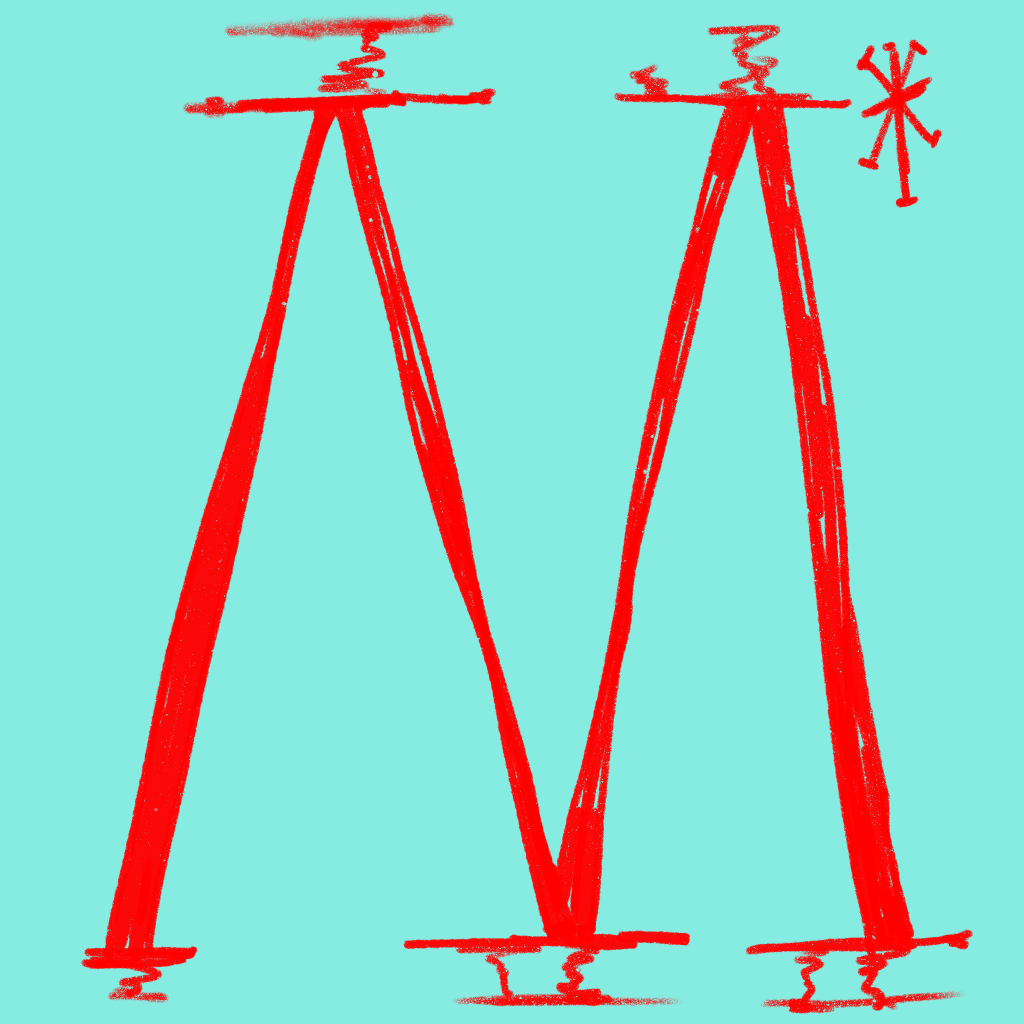A Chinese funeral is steeped in solemn beauty and tradition. It’s a display of respect and honor of heritage. Customs may vary by geography and a family’s religion and the age, social status and cause of death. Still, all traditional Chinese funerals include certain elements and follow etiquette around the length of the visitation, dress code and colors.
Chinese people believe that funeral customs and traditions must be followed very strictly or else bad luck may befall the family.
The role of the family
Traditionally, Chinese families are known to host lavish funeral ceremonies for their loved ones, as elaborate funerals help determine status in society. The family plays a key role in organizing the funeral. They may enlist the help of a monk, priest or another clergy member who reflects the family’s religious traditions.
Before the funeral
When a family member passes away, many arrangements need to be made. Traditionally, Chinese funerals mainly involve burial, but due to the rapid population growth, cremation has become common in urban areas. The first thing a Chinese family might do is contact a funeral home. In modern cities, burial locations are usually in local cemeteries. The burial plot may have been purchased in advance, or it can be arranged after contacting the funeral home. Family members also visit stores that sell funeral supplies to purchase urns, photo frames for the deceased’s portrait, and paper items to be burned at the funeral.
Another possible step is to consult a feng shui master to choose the date and time for the funeral and burial. If the burial site has not been chosen yet, they will ask the feng shui master for help in selecting it, taking into account the location and direction—typically on a hillside, not under a tree.
In rural areas, family members may choose to stay overnight with the deceased, even preparing meals at the site. This is called “keeping vigil” (shǒuyè).
Before the cremation, the embalmer’s role is also crucial. Some families choose to have the deceased cremated in traditional burial clothes, while others select clothes the deceased used to wear.
The funeral then moves into the cremation ceremony, where some family members choose to observe or even participate. During the cremation viewing ceremony, family members are brought into the crematorium to watch the process of their loved one being moved into the cremation chamber. In some cases, family members may be allowed to press the button that starts the cremation process.
Not every funeral home or crematorium has facilities for cremation viewing, but this option is becoming more common.
The day of the funeral
Some families hold a visitation period during the funeral, which means they choose to have the cremation after the funeral ceremony. In this case, during the funeral ceremony, the casket stays open. This is considered respectful to the elders and the loved one who has passed away. Other families choose to have the funeral after the cremation, at which point the urn, along with the deceased’s portrait, is placed at the funeral.
Chinese funeral flowers
White or yellow mums are most often used for Chinese funerals, as white chrysanthemums symbolize grief. The white iris is traditional for families from certain regions of China. However, in the case of an elder who lived to be 80 or older, red flowers—and often a red casket interior—will be chosen. Both the visitation and funeral may include many large wreaths and sprays of flowers, 花圈 (huāquān). In fact, it’s not uncommon for flowers to fill a room.
Burning incense and joss paper
A grieving family may burn incense, 香 (xiāng), throughout the funeral service. They may also burn joss paper, 香紙 (xiāng zhǐ), also known as ghost or spirit money, though it’s often also paper houses, cars and other paper objects. The tradition helps ensure that the loved one will have the things they need to be comfortable in the afterlife.
The family may also burn incense or joss paper money at the graveside ceremony and upon returning to the gravesite a few days later. They also burn joss paper on specific festivals for honoring the dead, such as Qingming Festival and the Zhongyuan Festival.
Gifts of money to the family
Chinese funeral guests can be expected to give the grieving family money, 奠儀 (diàn yí), at the funeral or one day prior.
It may be handed to a family member or put into a donation box. The person giving the gift can write his or her name on the envelope or leave it blank.
After the funeral
After the funeral, people proceed to the cemetery or crematorium. According to tradition, the eldest son or eldest grandson of the deceased leads the procession, carrying a large portrait of the deceased and the urn. Other family members follow behind, while friends and other guests walk after the family. Once the urn is placed in the ground or sent into the crematorium, the memorial service concludes.
What to wear to a Chinese funeral
Traditionally, family and guests of a Chinese funeral wear plain white and brown burlap clothes, 披麻戴孝 (pī má dàixiào). A son or son-in-law will wear a black armband. Western influences have made black attire more acceptable at Chinese funerals, so if you want to wear conservative black dress clothes, you can feel free to do that.
There’s an exception to this tradition, however. If the loved one died naturally at 80 or older, the funeral event is a celebration of a long life, and guests may wear red to show their happiness.
